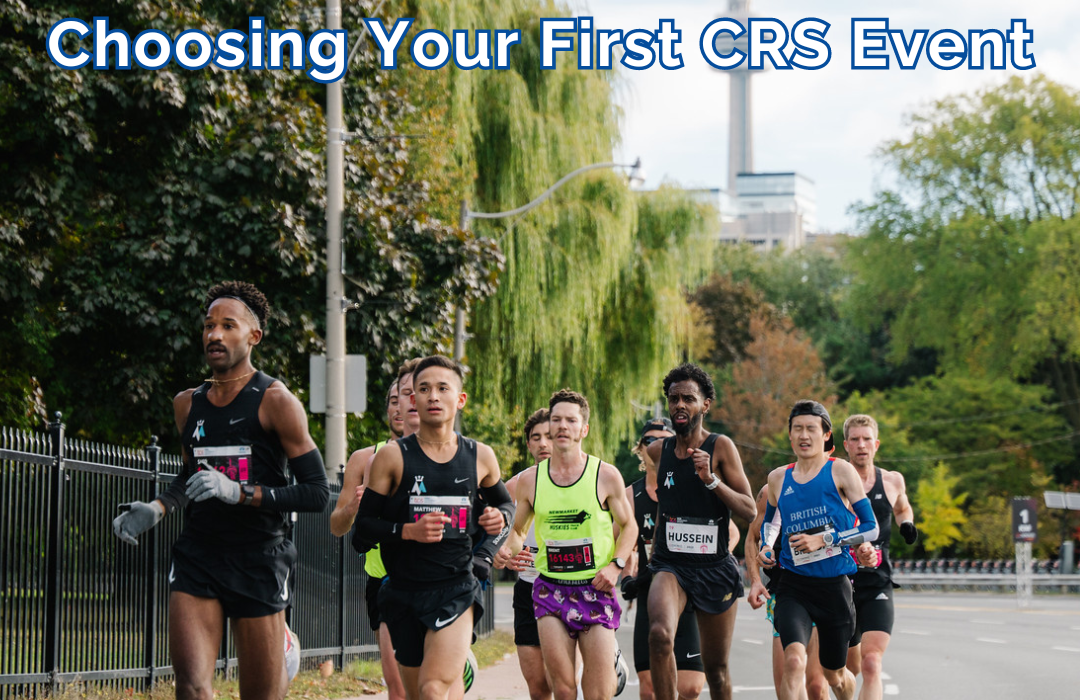
 |
Kip KangogoAge: 37 Kip Kangogo is a previous Scotiabank Vancouver Half Marathon winner, having won the event 5 times! After immigrating from Kenya 14 years ago, he resides in Lethbridge, Alberta with his family. Kip ran a 2:17:12 at the 2014 Scotiabank Toronto Waterfront Marathon, to earn the opportunity to represent Canada at the 2015 Pan Am Games Marathon. He is an accomplished runner in any event from the 5000m to the marathon, and has an exceptional knowledge of the #ScotiaHalf course , Kangogo will be a force to be reckoned with on June 25 as he hunts for his 6th win. |
 |
Thomas TothAge: 26 Thomas Toth had a breakthrough performance at the 2016 Aramco Houston Half-Marathon where he ran a blistering 1:04:26. Following this, Toth went on to win the 2016 Canadian Half Marathon Championships in Calgary. Since then, he’s set a solid mark in the marathon, debuting at 2:18:58 in the Hamburg Marathon. Beating the qualifying standard by 2 seconds, Toth has been selected to represent Canada in the marathon at the 2017 World Track and Field Championships in London, England this summer. |
 |
Geoff MartinsonAge: 31 Geoff Martinson has specialized in shorter distances, with a semi final appearance in the 1500m at the 2011 World Track and Field Championships. With many podium finishes at local road races, he was the former BC Champ in the 5k, and the winner of the 2015 Eastside 10k. With just a few early results at the half marathon distance, he’s one to watch for in the field. |
 |
Dylan WykesAge: 34 Dylan Wykes is one of the most successful marathon runners in Canada. A member of the 2012 Canadian Olympic Team, he finished 20th in his Olympic debut at the London 2012 Games. He qualified for the Games by running 2:10:47 at the 2012 Rotterdam Marathon; a time that is the third fastest ever by a Canadian, behind only Jerome Drayton’s clocking of 2:10:09 in 1975 and Reid Coolsaet’s 2:10:28 clocking at the 2015 Berlin Marathon. Wykes won the Scotiabank Vancouver Half Marathon in 2014 in 1:03:52, and will be contending for the top spot again this June. |
 |
Dayna Pidhoresky:Age: 30 Dayna Pidhoresky has had a season like no other this year. She has won every race she’s entered, and although she came in 7th behind an international field at the Scotiabank Ottawa Marathon, she was the first Canadian and hit the mark that would qualify her for the 2017 World Track and Field Championships in London, England later this summer. Having battled through a sacral stress fracture after running the Scotiabank Toronto Waterfront Marathon in October, Pidhoresky has shown that all her hard work has paid off. A previous winner of the Eastside 10k, Pidhoresky lives and trains in Vancouver with her husband/coach. She has never run the Scotia Half, but living in the area will have helped in her preparation to shoot for the winning spot on June 25th. |
 |
Sabrina Wilkie:Age: 32 Sabrina Wilkie grew up in Langley, BC and now calls Vancouver home with her husband and their three-year old son. Self-coached since 2014, Wilkie has podiumed in many local road races and represented Canada at the 2014 NACAC Cross Country Championships. Debuting in the Victoria Marathon last October, Wilkie won the women’s title in 2:45:54. Outside of running and family, Wilkie is at the University of British Columbia completing her Masters of Physical Therapy. |
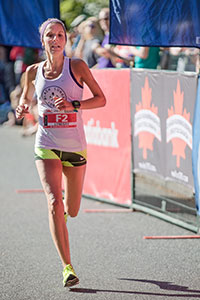 |
Lyndsay Tessier:Age: 39 Lyndsay Tessier is a competitive runner from Toronto, Ontario who placed second at the 2016 Scotiabank Vancouver Half Marathon. Tessier has competed in many road running races all across Canada and recently won the Mississauga Half Marathon on May 7 in 1:16:12. Being familiar with the Scotia Half course, Lyndsay will be ready to better her last years placing, and will be in contention for a spot at the top of the podium. |
The full Elite List for this year’s event can be found here.
Want to join these contenders on June 25? Head on over to the Scotiabank Vancouver Half-Marathon to see if there’s still space left!


 Introducing our Scotiabank Vancouver Half-Marathon & 5k Elite Field.
Introducing our Scotiabank Vancouver Half-Marathon & 5k Elite Field.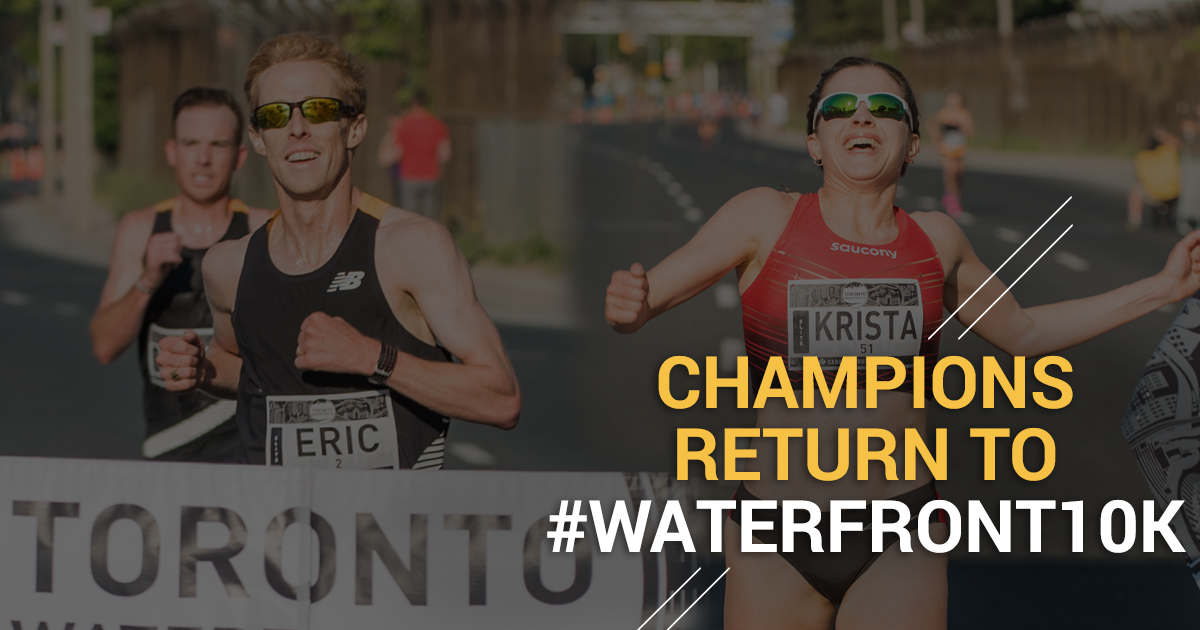
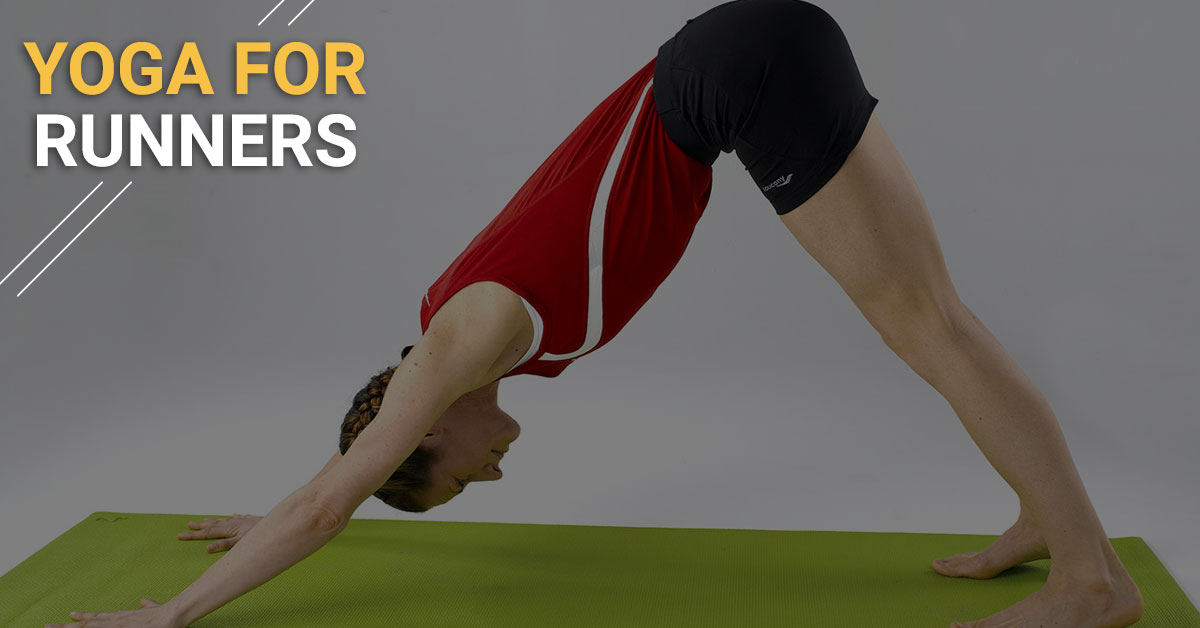
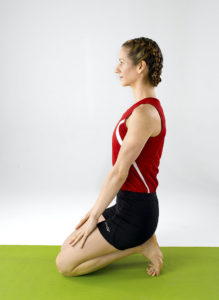

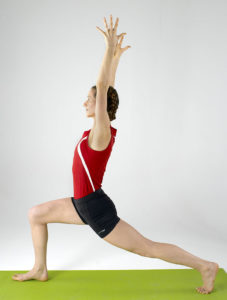
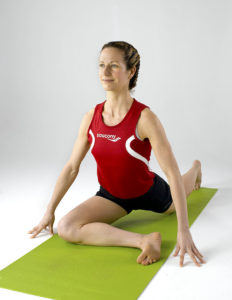

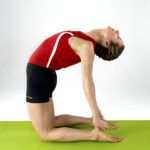

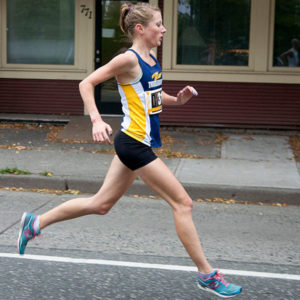
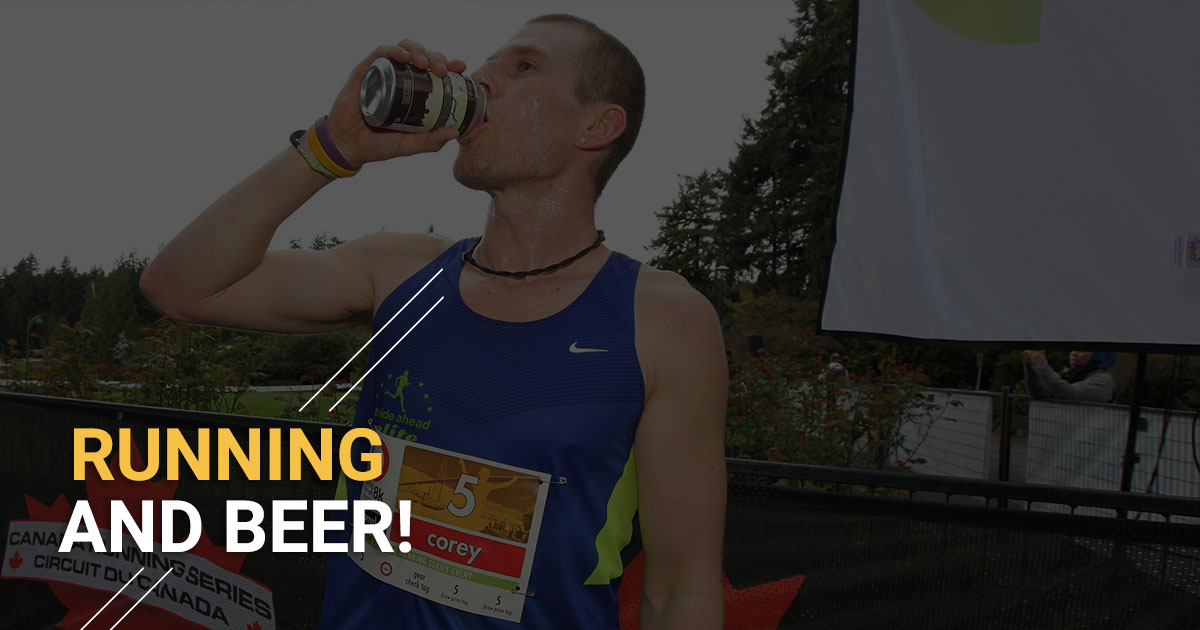
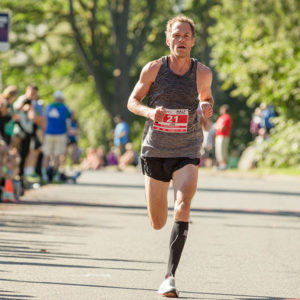

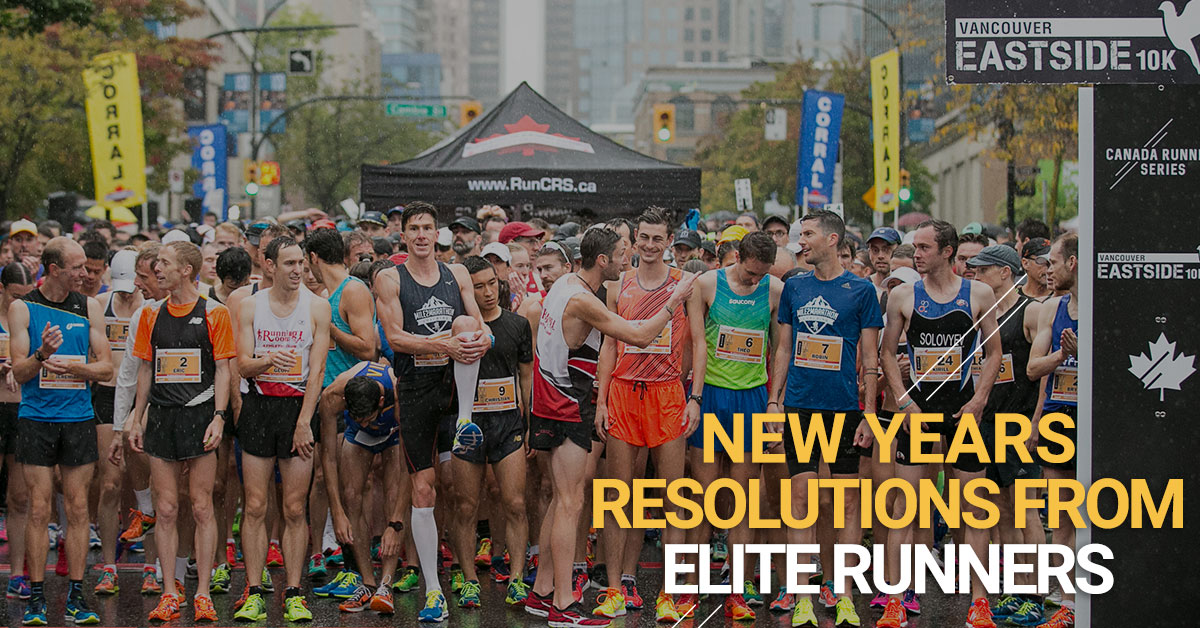
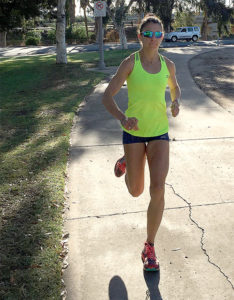 Natasha LaBeaud Anzures:
Natasha LaBeaud Anzures: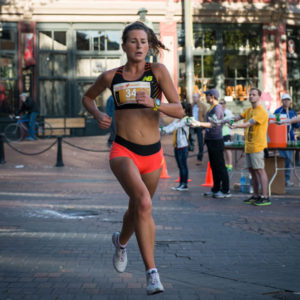 Dayna Pidhoresky:
Dayna Pidhoresky: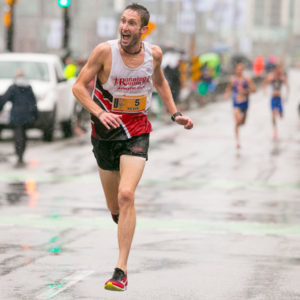 Kevin Coffey:
Kevin Coffey: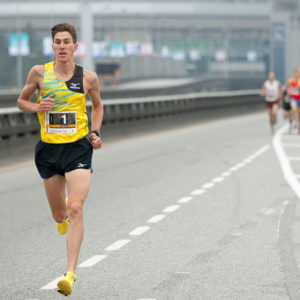 Dylan Wykes:
Dylan Wykes:





